OPEN ASSEMBLY
Experiments in Aesthetics and Politics


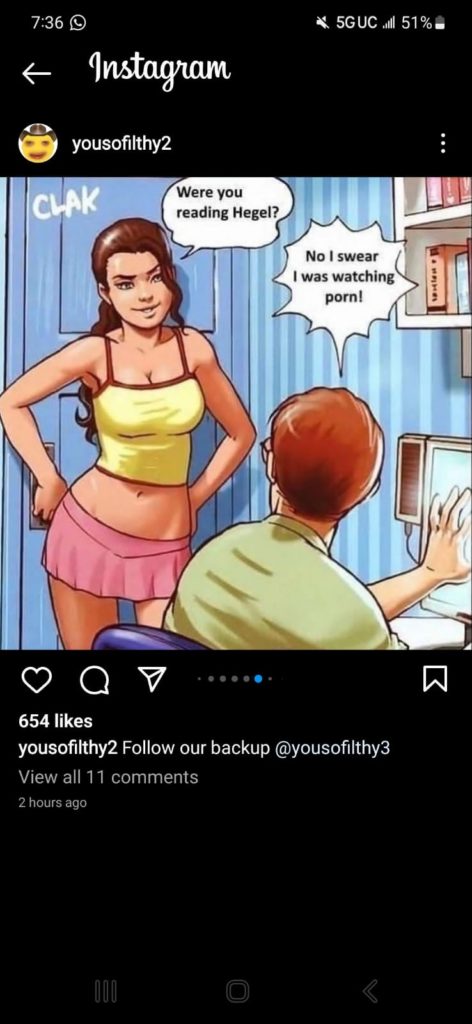




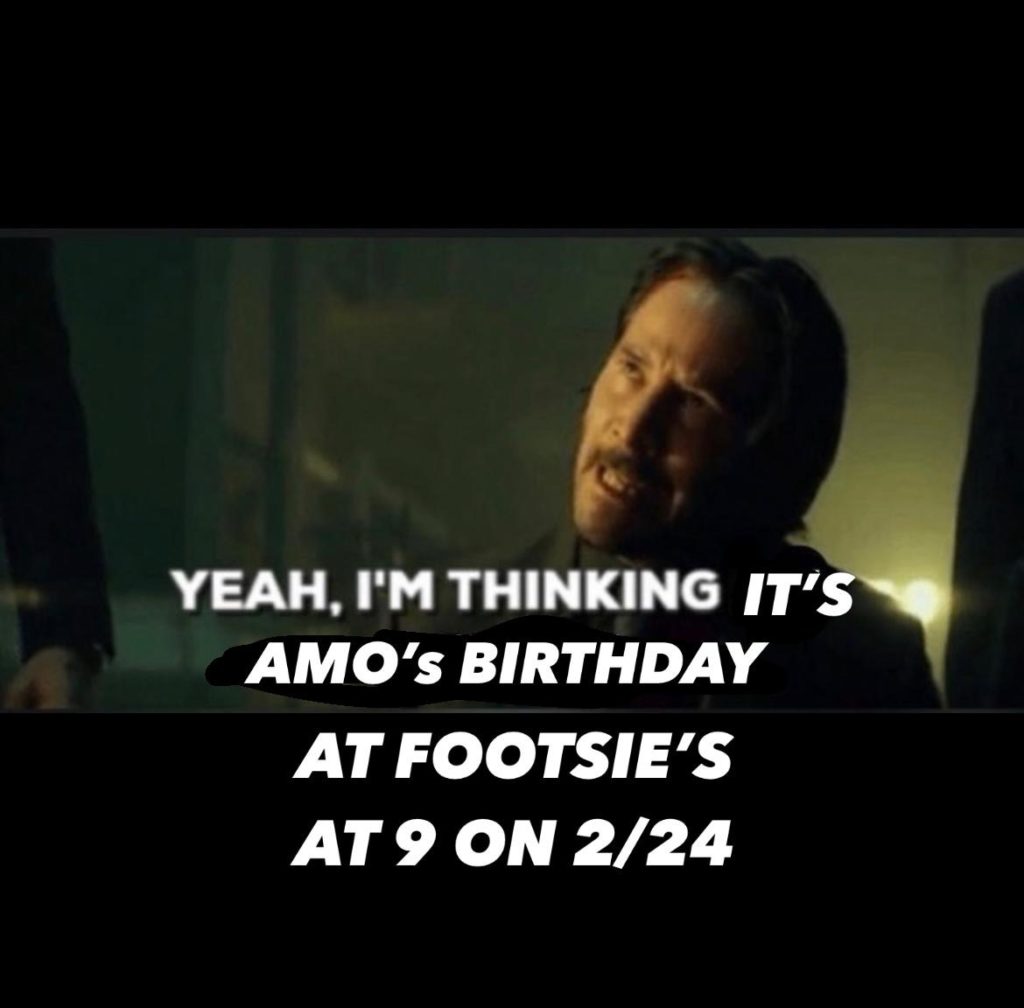
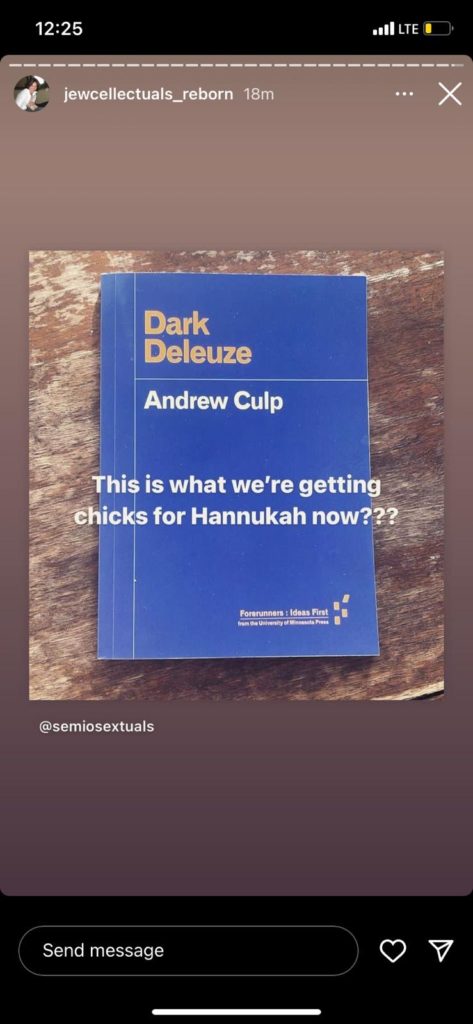
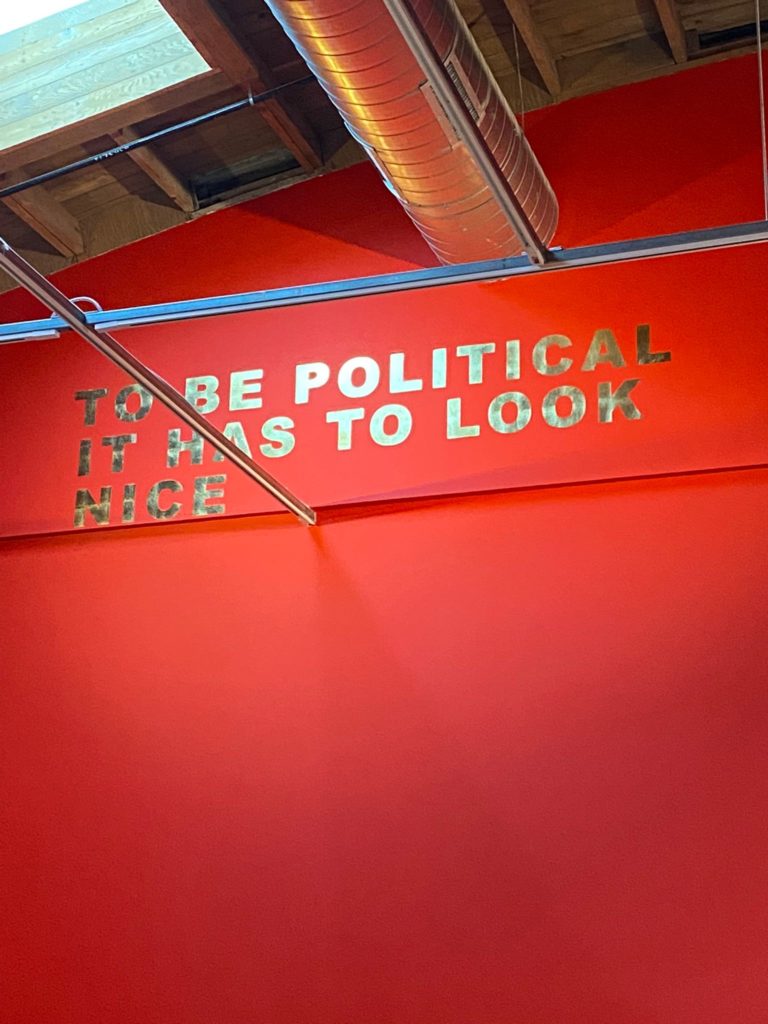
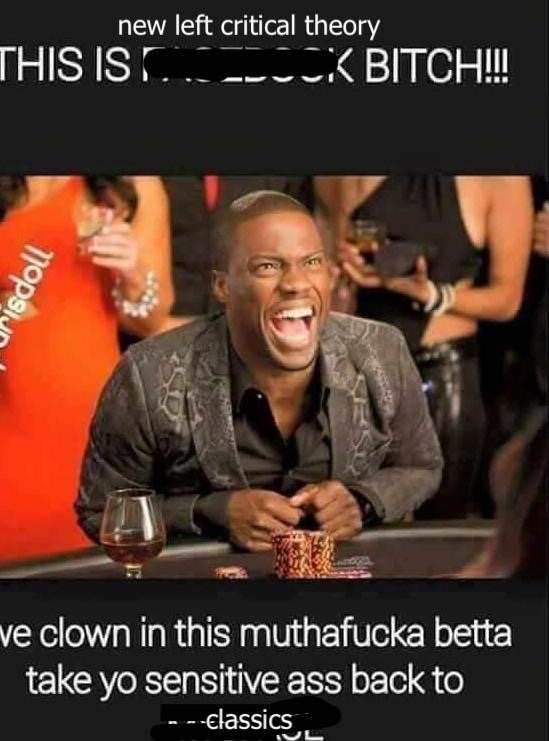
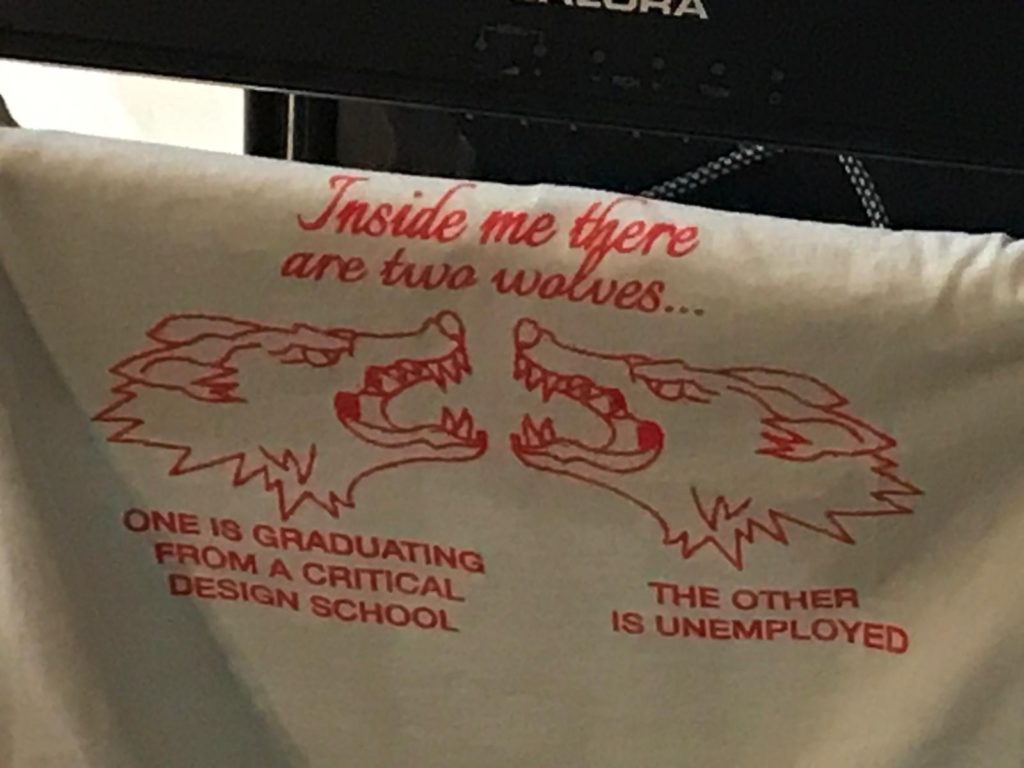
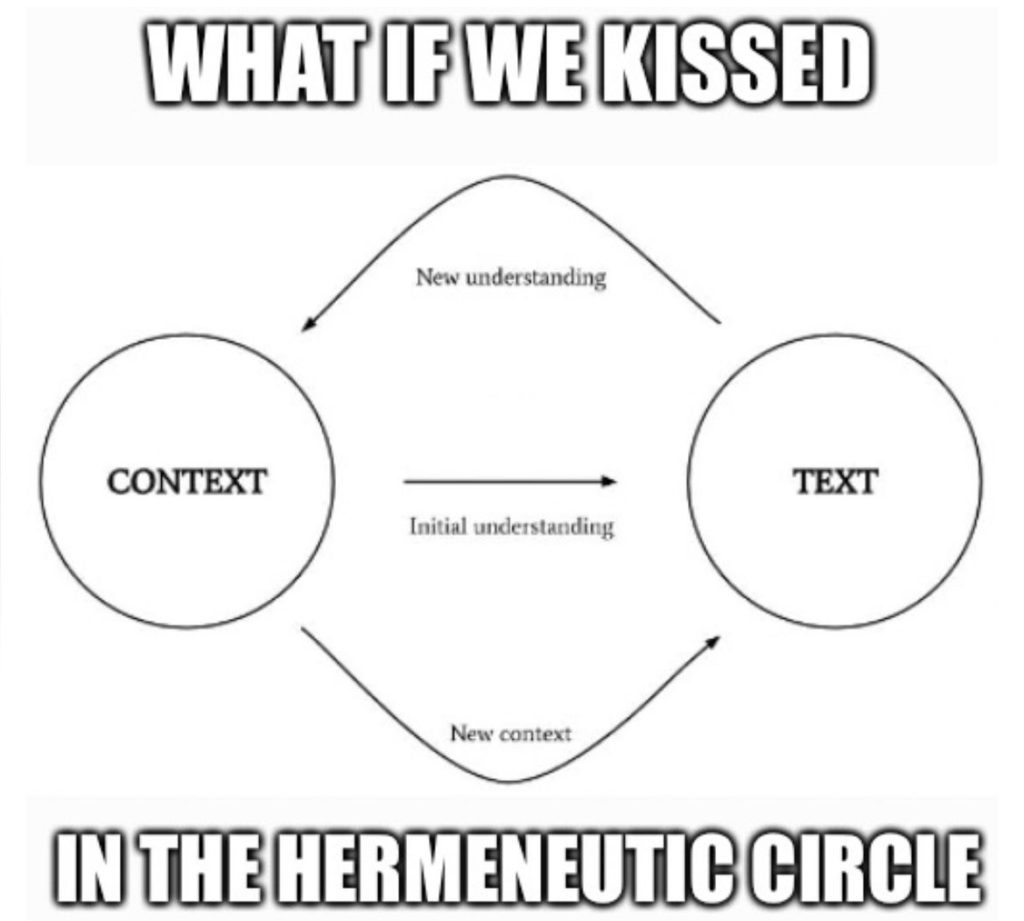

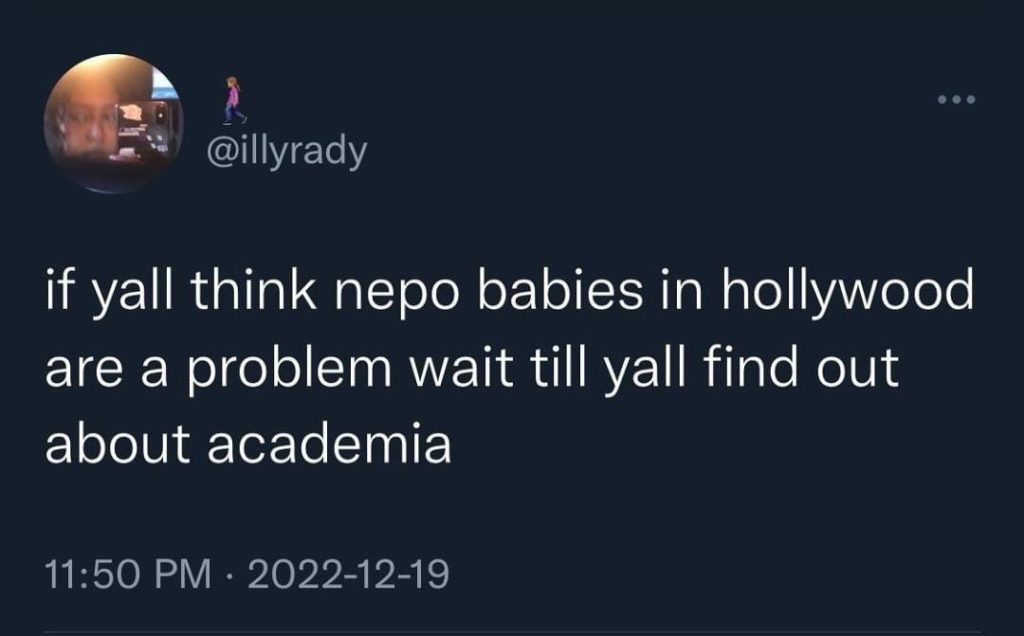
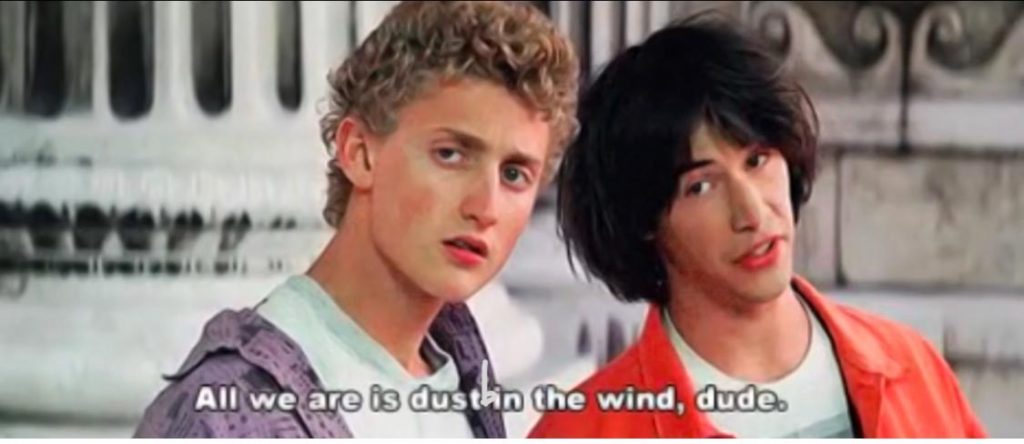



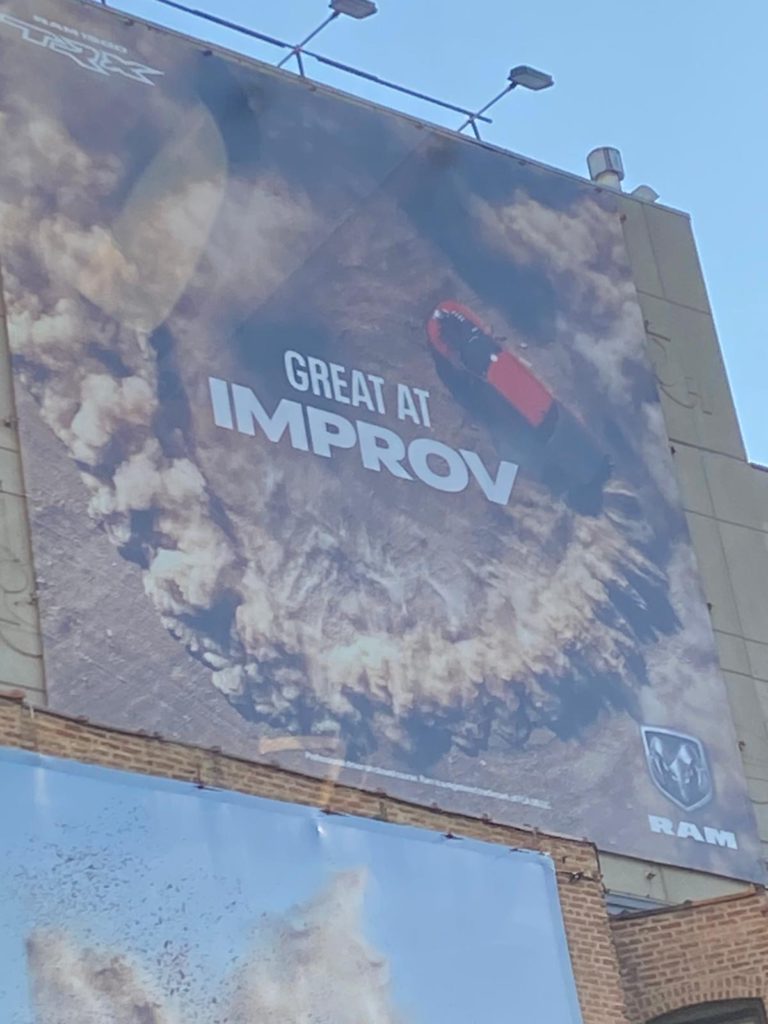
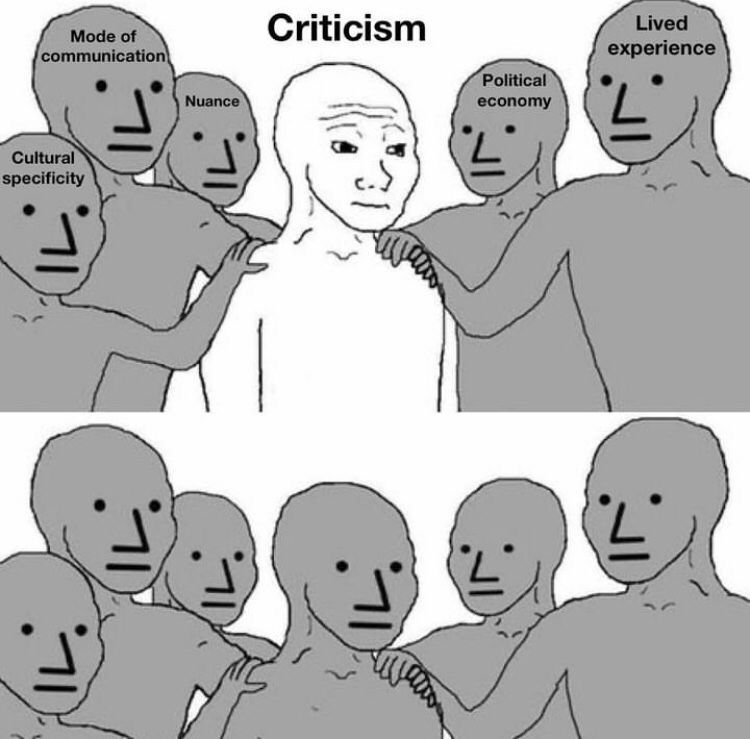
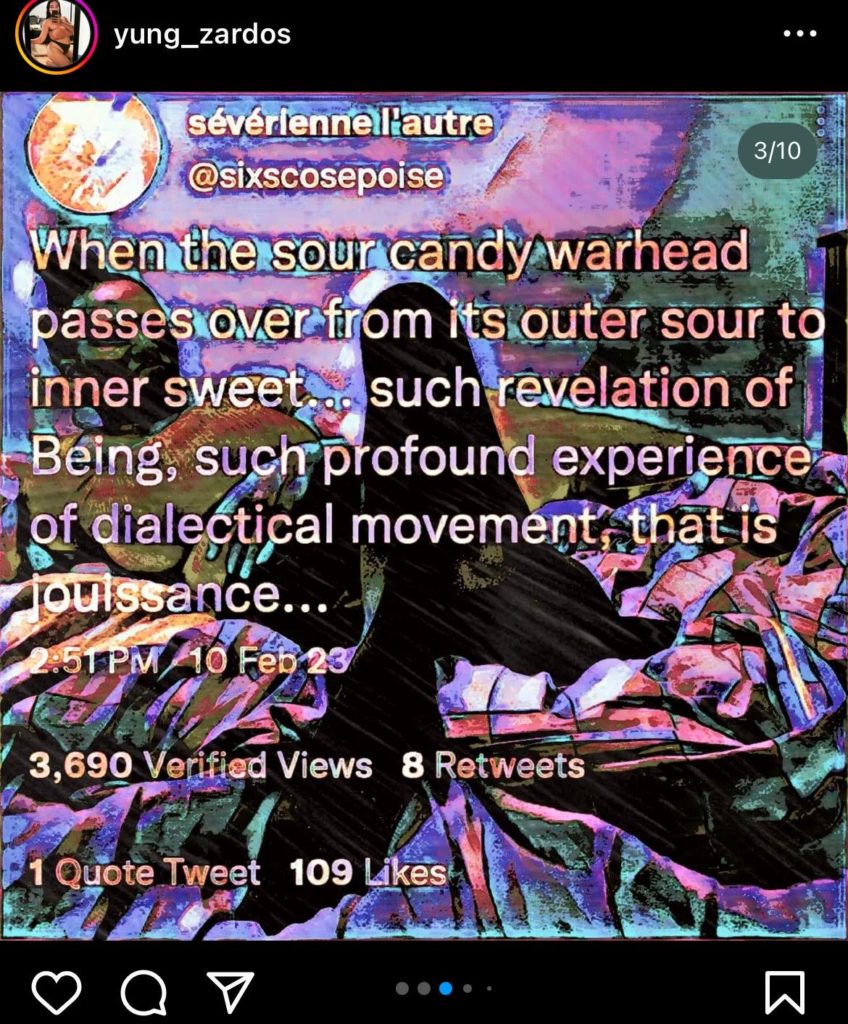
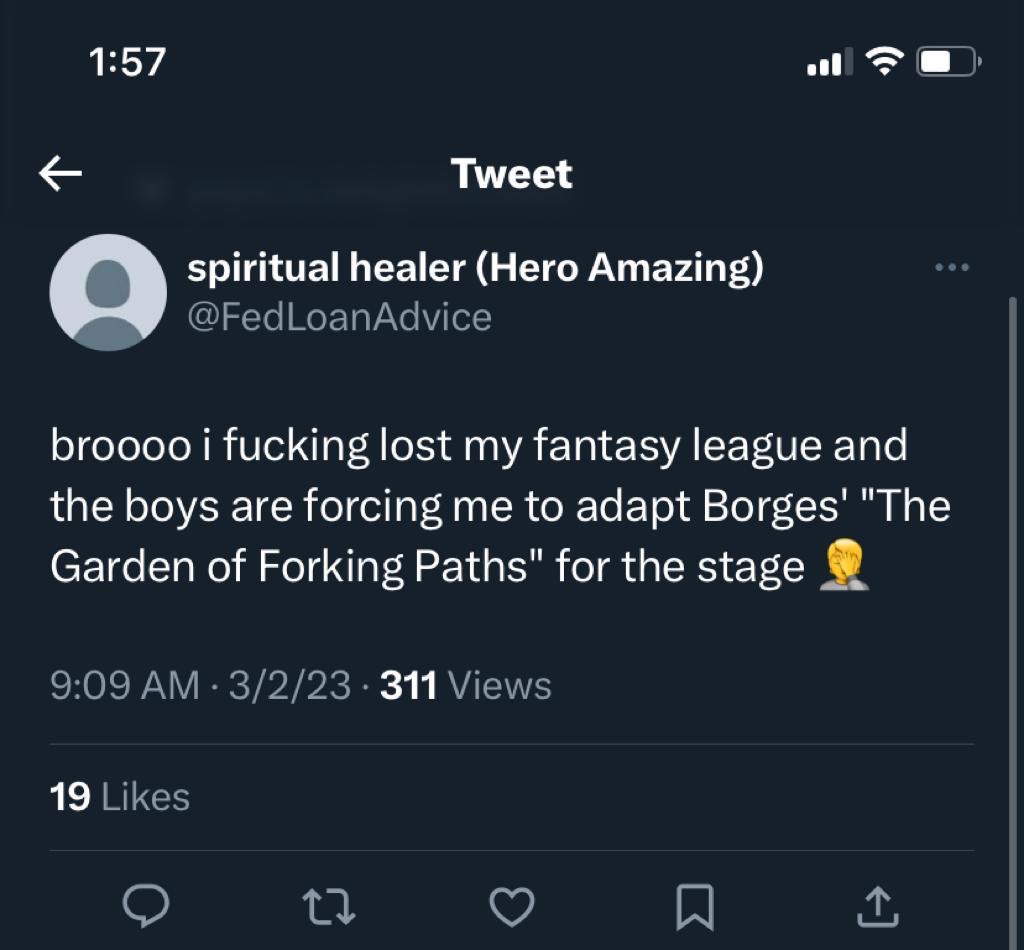
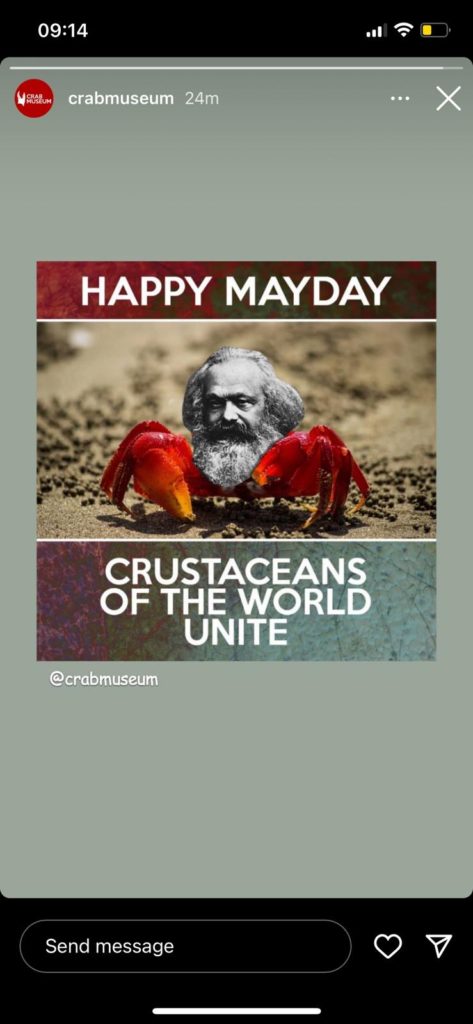
[ pending ]
[ pending ]
[ pending ]
[ pending ]
[ pending ]
[ pending ]
[ pending ]
[ pending ]
[ pending ]
[ pending ]
[ pending ]
by jessica wawra (kesselring)
During my curatorial residency, Extensions of Horror, at Hauser & Wirth Los Angeles in the summer of 2019, I navigated an in-depth exploration of horror cinema. My primary goal was to highlight how post-millennial horror was somehow different from earlier horror cinema. The first module of the exhibit was dedicated to the genealogy and backdrop of pre-cinematic horror: phantasmagoric magic lanterns. The second module transitioned the exhibit toward the crux of my thesis exploration – that post-millennial cinema confronts us through a ‘jab in the gut’ while also not allowing us cathartic release. The final module in my exploration was an apocalypse, of sorts, as I underscored how post-millennial horror challenges (cishet)normativity and disability representation, among other concepts born out of Western capitalist patriarchy.
Extensions of Horror offered a unique access to filmmakers, artists, and theorists but I walked away from those white gallery walls still saddled with unanswered questions. More aptly, while I observed that post-millennial horror creates a lack of catharsis and challenges hegemonic principles (what I term phantasmagoria nova), I still did not feel as if I had identified the particular mechanism behind the challenge it poses.
Fortunately, through the observations of Dr. Nandita Biswas Mellamphy, Associate Professor in the Department of Political Science at Western University, my critical perspective on the function of phantasmagoria nova has been made more complete. In her article, “Larval Terror and the Digital Darkside,” Biswas Mellamphy addresses the affective state brought forth by larval terror. She argues that the larval state comprises a complex network that “conceals, disguises and dissimulates” projections of a sort of pseudo-reality, and she shows us that what we see may be an illusion of reality (Biswas Mellamphy 3). Biswas Mellamphy also addresses traditional, symmetric warfare, whereby symmetry translates to knowing whether someone is your friend or your enemy, thus enabling a certain engagement of warfare and necessitating states of exception that condemn subjects whose allegiances cannot be easily determined. Though symmetric warfare still persists, Biswas Mellamphy provocatively asks, “what happens when the friend/enemy distinction no longer serves as a stable basis for theorizing war?” Not only is she asking, ‘what happens when your enemy is your friend is your enemy is your friend?’ But also: ‘what happens when an undercurrent of conflict comes from within?’ Or even, ‘what happens when reality is not based in truth?’
Perhaps these questions offer a starting point for explaining why post-millennial horror cinema is so effective at creating political upheaval. The thing we once trusted to show us a good time and provide us a feeling of liminal, superficial danger now leaves us feeling… something else. When Biswas Mellamphy introduces a discussion regarding a new kind of conflict, she illustrates post-millennial warfare – how conflict (read: terror) “becomes diffused through a complex mesh of our everyday media in which the very metaphor of war expands off the battlefield and pervades every sphere of everyday life” (Biswas Mellamphy 10).
The art world is no stranger to a movement away from clear-cut community art practices (à la friend/enemy) to a post-millennial larval friction (hypercamouflage). Part of my research examines the transition from community aesthetics to a tension-building model, and I argue that the new millennium marks a shift in phantasmagoria surrounding the realm of horror. Pre-cinematic phantasmagoria, particularly in Victorian-era aesthetics, was a presentation of optical illusions and lighting effects through the use of magic lantern projections and an exploitation of a person’s environment. Flooding the senses through phantasmagoric trickery overwhelmed, disoriented, and shocked an observer’s synaesthetic system into catharsis as a shield to counter the effects of Industrial-era modernity (Buck-Morss 2-3). Phantasmagoric deception of a spectator’s senses drifted from a cathartic and anaesthetizing phenomenon to a twenty-first century tactic that awakens and confronts us. In a sense, phantasmagoric interactions made a movement away from ‘knowing you were being tricked’ within explicit boundaries of a friend/enemy dichotomy (à la magic lanternist and spectator) toward a mode of constant trickery within a ubiquitous larval state. This sensorial, phantasmagoric realignment parallels Biswas Mellamphy’s observations regarding alternative politics in the new millennium.
During the transitional period into the early 21st Century, Chilean-born artist Alfredo Jaar provided us with a distinctly agonistic and post-millennial presentation within aesthetics: The Skoghall Konsthall (2000) signals a movement away from 20th Century Habermasian consensus ethics. The justification of The Skoghall Konsthall project becomes apparent through Jaar’s assertion that the Swedish city, known for its paper industry, lacked cultural creative production. The absence of interest for creating art spaces in the Swedish city fueled Jaar to construct a replica of a notable building in Skoghall, erected completely out of wood and paper. Following a brief handful of tours and visiting student artist seminars, Jaar burned Konsthall to the ground in front of its city’s residents.

The act of burning a structure to the ground and creating a blazing inferno in front of Skoghall residents highlights the agonism of Alfredo Jaar’s art practice. That is, the statement Jaar creates through The Skoghall Konsthall and the subsequent discomfort of onlookers exemplifies shifting political discourse in the new millennium. The subversive artistic ‘warfare’ that Jaar enacts upon a Swedish city indicates the beginnings of twenty-first century aesthetic tactics: the artist enters a community under the guise of friend yet is actually an agonistic and larval kind of enemy, unlike what we observe in conventional twentieth century discursive ethics. In other words, confrontational practices mark the transformed, hypercamouflaged, and unresolvable state of twenty-first century phantasmagoria. Jaar’s early twenty-first century project aligns with Biswas Mellamphy’s observations of agonist relations in a larval — or hypercamouflaged — projection, which she argues in “(ᵂ)omen out/of Time: Metis, Medea, Mahakali” and in “Ghost in the Shell-Game: On the Mètic Mode of Existence, Inception and Innocence.”
Biswas Mellamphy’s observations of alternative political practices in post-millennial thought highlight the agonistic, larval “drama of alienation.” The terror in larval warfare, Biswas Mellamphy argues, is not immediately (if ever) apparent due to new designations of subjectivity, as categorical distinctions of friend or enemy become unreliable. New formations of hypercamouflaged behaviour parallel Jaar’s agonist revelation in which the Skoghall community assumes Jaar’s benevolent intentions, yet he fosters another agenda altogether.
Jaar’s agonistic art practice in public space prepares us for phantasmagoric confrontation in the new millennium. We should also, without restriction, consider performance art as part of this post-millennial foundation: it often bears connections to feminist principle(s)/feminism(s) and magnifies the engagement of the Other related to Biswas Mellamphy’s alternative, everyday politics. First, Mètis employs “crafty cunning, mechanisms of manipulation” and exploits truth as deception and operates outside of logic. Biswas Mellamphy further explains the meaning: Mètis arrives in a form of gestural action rather than of representation. Medea, another Other in Biswas Mellamphy’s triptych, bewitches and beguiles us by using glamour. And, finally, Mahakali brings us primordial, inevitable chaos. Biswas Mellamphy calls upon Mètis, Medea, and Mahakali to illuminate the paradox of counter-hegemonic, alternative, and aporetic feminism(s). By addressing the ubiquitous, ambiguous nature of larval warfare – that which the triptych exploits – Biswas Mellamphy acknowledges the everydayness of alternative feminism(s). And performance art often elicits these narratives or themes regarding the ‘everydayness’ plight of the Other, where, for instance, artists address sexual violence and womanhood. Iranian-born artist, Kubra Khademi, was exiled from Afghanistan after her 2015 performance, Armor. Khademi’s post-millennial performance evokes a site of unresolve by way of the chaotic and asymmetrical drama enacted and enforced by Biswas Mellamphy’s triptych of Others. In a 2016 interview with Rocio Berenguer, Kubra Khademi sits at a Parisian café and reflects upon her experience performing Armor, citing that the work explores a woman’s “everyday walk” and draws attention to the sheltered existence of Afghan women in relation to the world. “Staying at house and home for the woman is so much defined in my country. Her entire life – her life in the world – is in the house…that’s it. I’m a sister, mother, daughter but when I walk, this is the way I can achieve myself.” Consequently, many of Khademi’s pieces engage the everyday and gestural art of walking.
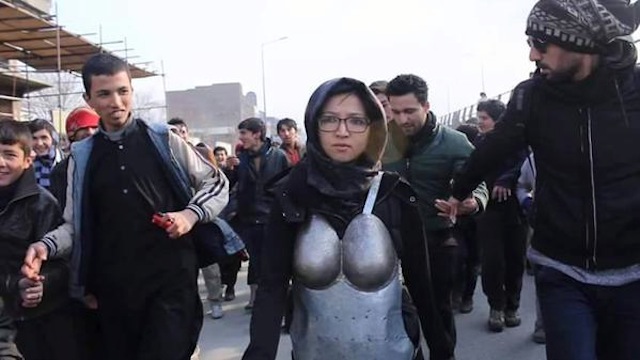
~Kubra Khademi. Artist’s statement, Armor (2015).
The sound remains in the nature,
Images have been remembered
in human’s mind,
Either happens horrifying or
cool!
But what time carries, changes
the nature of those,
They become only the memories
of one’s own
witnessing of those in everyday of other’s life!
(The artist’s statement was obtained in 2015 for a previous research project, when Khademi’s artist portfolio was active. Due to unknown circumstances, Khademi’s website has been suspended. However, the artist’s political statement lives on in this 2015 research project, which can be found in its entirety here.)
In Khademi’s Armor project on the streets of Kabul, the artist remains covered from head to toe, and she is surrounded by swarms of men, whooping and yelling. Some of the men attempt to grab the artist for their own amusement (or, perhaps, to punish her) and, because of the increasingly violent crowd reaction, she quickly climbs into her colleague’s vehicle. Khademi’s performance — walking fully clothed yet inciting chaos by way of accentuated, female-attributed biological features — demonstrates how frequently and openly sexual violence can occur, despite a woman’s “everyday” action of walking and no matter her clothing.
How might alternative politics and the everydayness of Mètis, Medea, and Mahakali’s alienating and transformative aporetic architecture interact (or engage) post-millennial aesthetics? Perhaps it’s best to recall my research inquiry:
Post-millennial horror creates a lack of catharsis and challenges hegemonic principles – what I term phantasmagoria nova. But what is the particular mechanism that creates this aesthetic?
Biswas Mellamphy argues that Mètis, Medea, and Mahakali comprise aporetic architecture. That is, the stigmatized trio create an enmeshed, “{w}hole-matrices” network that functions outside hegemonic power, and propels us toward post-millennial digitality. Khademi’s Armor accentuates yet protects sexualized and objectified elements of her body that she intentionally puts on display (Khademi), all by way of a commissioned, handcrafted armor piece. Khademi’s pandemonium elicited by wearing feminized armor and the everydayness within a hegemonic metropolis absolutely demonstrates Biswas Mellamphy’s hypercamouflaged, agonistic, and chaotic tendencies of Mètis, Medea, and Mahakali.
The aforementioned analysis highlights the parallels between Nandita Biswas Mellamphy’s agonistic-larval theories in relation to how confrontational tactics offer successes in post-millennial art, particularly in Kubra Khademi’s performance. Biswas Mellamphy guides us toward the possibilities of political upheaval through alternative politics outside hegemonic sovereignty. It seems a natural progression to invite Biswas Mellamphy’s theoretical framework into the foundation of phantasmagoria nova aesthetics – that unresolvable jab in the gut that inflicts us while we watch post-millennial horror cinema. Biswas Mellamphy demonstrates in her arguments how larval elements of twenty-first century warfare engage agonism, as we see manifest in Alfredo Jaar’s The Skoghall Konsthall project. I appreciate how Biswas Mellamphy’s arguments specifically address warfare by means of military and cellular conflicts and the ways in which she argues that terror is both “affectively and virtually extend[ed] to all spheres of life.” And that terror has, ultimately, diffused into the everyday – much like Khademi’s performance art. Moving forward, I consider how this ‘diffusion of warfare’ parallels the tactics of horror cinema. The theme that comes to mind is how, in Rosemary’s Baby, cult members gift a Tannis root talisman to Rosemary, and the fungus affects only the protagonist in a friend/enemy dichotomy (that is, it comes down to a warfare of Rosemary vs. the cult). In 2019, on the other hand, Ari Aster creates a sweeping display of beautiful floral arrangements in his summer folk horror art film, Midsommar. While Rosemary is solely affected by the fungus, we are now all affected by the beautiful – but larval – display that surrounds Dani in Midsommar. Biswas Mellamphy refers to this digital era of navigating through these aporetic paradoxes the Age of Destruction, and I wholeheartedly invite this apocalyptic and unresolvable upheaval of violent, patriarchal social order.

Dani (Florence Pugh) in Midsommar, 2019 
Rosemary (Mia Farrow) in Rosemary’s Baby, 1968
Keywords: Biswas Mellamphy; Mellamphy; phantasmagoria; post-millennial; horror; larval warfare; terror; agonism; aporetic aesthetics; Mètis; Medea; Mahakali; Kubra Khademi; Khademi; Armor; Skoghall Konsthall
Throughout her academic career, Jessica Wawra (Kesselring) has been drawn to the intersection of art and social justice. Her writing and research seeks to challenge social inequalities and oppressive power structures, and investigates human interactions in the public sphere. Wawra (Kesselring) began her undergraduate studies at Glendale Community College, where she was a music major and studied classical voice. She later transferred to San José State University, where she shifted her focus to an interdisciplinary humanities program, completing a major in the Creative Arts. In addition to fulfilling her major requirements, she completed Advanced Honors in Integrated Science, Social Science & the Humanities and graduated with magna cum laude, Phi Kappa Phi, and Presidential Scholar honors in 2017. Wawra (Kesselring) is in her second year at the California Institute of the Arts in the school of Critical Studies Aesthetics & Politics M.A. graduate program and is working toward a thesis project related to post-millennial phantasmagoric horror.
Bibliography & References
Aster, Ari. Midsommar. A24, 2019.
Berenguer, Rocio. Kubra Khademi – Interview – Paris 13-07-16. https://www.youtube.com/watch?v=y8H7pvXYKIY.
Biswas Mellamphy, Nandita. “Ghost in the Shell-Game: On the Mètic Mode of Existence, Inception and Innocence.” THE FUNAMBULIST MAGAZINE, 4 Dec. 2013, https://thefunambulist.net/cinema/funambulist-papers-46-ghost-in-the-shell-game-on-the-metic-mode-of-existence-inception-and-innocence-by-nandita-biswas-mellamphy.
—“Larval Terror and the Digital Darkside.” E-International Relations, https://www.e-ir.info/2015/11/14/larval-terror-and-the-digital-darkside/.
—. “(W )Omen out/of Time: Metis, Medea, Mahakali.” RIC Journal, 17 Nov. 2018, https://ricjournal.com/2018/11/17/%e1%b5%82-omen-out-of-time-metis-medea-mahakali-nandita-biswas-mellamphy/.
Buck-Morss, Susan. “Aesthetics and Anaesthetics, Part II: Walter Benjamin’s Artwork Essay Reconsidered.” October, vol. 62, 1992, p. 3. DOI.org (Crossref), doi:10.2307/778700.
Corris, Michael. “White Out.” Art Monthly, no. 260, Oct. 2002, pp. 6–10.
Jaar, Alfredo. Alfredojaar.Net. http://alfredojaar.net/index1.html.
Khademi, Kubra. Armor by Kubra Khademi. https://www.youtube.com/watch?v=nXuNtZPMDvQ.
la porte peinte. “Kubra Khademi.” La Porte Peinte Centre Pour Les Arts, http://laportepeinte.com/gallery/artists/kubra-khademi/.
Mallonee, Laura. “After Protesting Sexual Violence, Afghan Artist Forced into Hiding.” Hyperallergic, 10 Mar. 2015, https://hyperallergic.com/189022/after-protesting-sexual-violence-afghan-artist-forced-into-hiding/.
Mirabal, Marisa. “The Deadly and Restorative Application of Flowers in Ari Aster’s ‘Midsommar.’” /Film, 16 Aug. 2019, https://www.slashfilm.com/flowers-in-midsommar/.
Polanski, Roman. Rosemary’s Baby. Paramount Pictures, 1968.